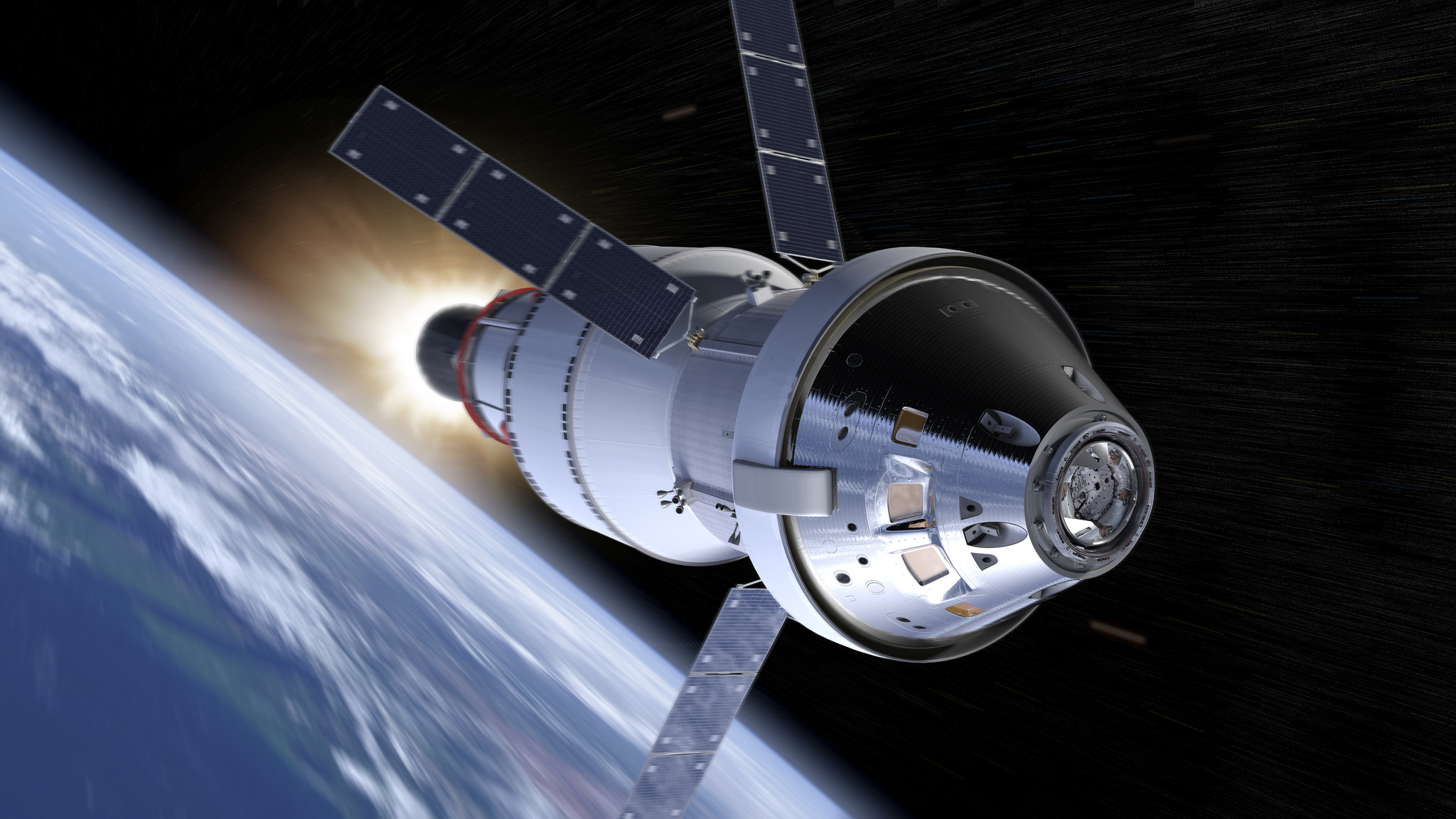First Images from Mars Orbiter's High Resolution Camera Wow Researchers

Scientists are delighted with early shakeout shots by NASA's Mars Reconnaissance Orbiter using its High Resolution Imaging Science Experiment (HiRISE) camera.
Late last week, another series of test images were released by the HiRISE Operations Center (HiROC) at the University of Arizona's Lunar and Planetary Laboratory in Tucson.
HiRISE is the newest and most powerful camera now orbiting the red planet. Test images of Mars using the equipment were taken on March 23 and on March 25.
"The images are wonderful," said Alfred McEwen, leader of the HiRISE instrument at the University of Arizona in Tucson. "We're learning a great deal about how to best acquire and process these giant images from our very complicated camera," he explained in a university press statement.
Taking out the jitter
Two newly released images were part of a "jitter" test - an evaluation of how other science instruments and spacecraft systems affect HiRISE imaging. These images are important to HiRISE team members who are developing image processing techniques that correct parts of the pictures that are smeared or distorted as the result of other spacecraft operations.
The first color image from the MRO is not the natural color of the planet if observed by human eyes, but infrared color, shifted to longer wavelengths. The image has been processed to enhance subtle color variations.
Breaking space news, the latest updates on rocket launches, skywatching events and more!
Seen in the image is what appears to be early-morning fog in the atmosphere. Large-scale streaks are due to the action of wind on surface materials. The blankets of material ejected from the many small fresh craters are generally brighter and redder than the surrounding surface, but a few are darker and less red.
Two greenish spots in the middle right of the scene may have an unusual composition, ideal for further mineral-identifying exploration by MRO. In the bottom half of the image a redder color signifies rough areas, where wind and sublimation of water or carbon dioxide ice have partially eroded patches of smooth-textured deposits. A three-dimensional representation of the same area was also released.
Despite the kudos for HiRISE, conditions were far from ideal when the camera took the images. HiRISE was designed for its science orbit, a two-hour orbit at about 190 miles (300 kilometers) above the planet at around 3 p.m. on Mars' dayside, McEwen explained.
When HiRISE took the test images, MRO was in a highly elliptical orbit that spanned 35 hours to complete and comes closest to Mars on its night side. This flight path geometry allowed HiRISE only 10 minutes of useful imaging time during each of its two orbits, and test images had to be taken at around 7:30 a.m., when the Sun was barely over Mars' horizon, from a distance of some 900 to 1,500 miles (1,500 to 2,500 kilometers) away.
Aerobraking underway
HiRISE images taken last month will be the camera's only photos for the next six months. MRO has started to implement "aerobraking" - dipping repeatedly into the upper atmosphere of Mars about five hundred times to scrub off speed and to drop into successively more circular orbits.
On March 25, HiRISE was powered off and will remain that way until after the aerobraking phase of the mission is completed. MRO's science-collecting duties will begin in November.
The Mars Reconnaissance Orbiter (MRO) was launched August 12, 2005 and began orbiting Mars on March 10 of this year.
The $720 million MRO mission is managed for the NASA Science Mission Directorate in Washington, D.C. by the Jet Propulsion Laboratory (JPL) in Pasadena, California. Lockheed Martin Space Systems in Denver, Colorado designed, built, and operates the Mars orbiter.
The HiRISE camera was built by Ball Aerospace and Technology Corporation in Boulder, Colorado and is operated by the University of Arizona.
- New Mars Orbiter: Preview of Coming Attractions
- Camera Works: New Mars Orbiter Images 'Fantastic'
- Top 10 Facts About NASA's Mars Reconnaissance Orbiter

Leonard David is an award-winning space journalist who has been reporting on space activities for more than 50 years. Currently writing as Space.com's Space Insider Columnist among his other projects, Leonard has authored numerous books on space exploration, Mars missions and more, with his latest being "Moon Rush: The New Space Race" published in 2019 by National Geographic. He also wrote "Mars: Our Future on the Red Planet" released in 2016 by National Geographic. Leonard has served as a correspondent for SpaceNews, Scientific American and Aerospace America for the AIAA. He has received many awards, including the first Ordway Award for Sustained Excellence in Spaceflight History in 2015 at the AAS Wernher von Braun Memorial Symposium. You can find out Leonard's latest project at his website and on Twitter.
